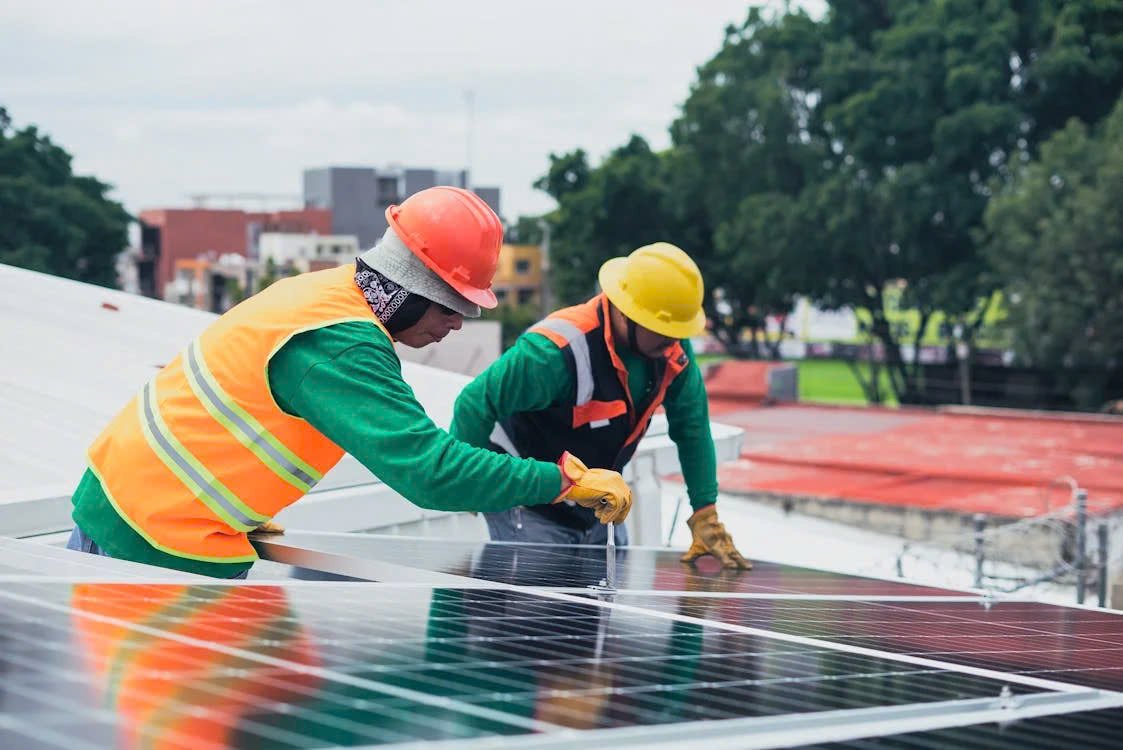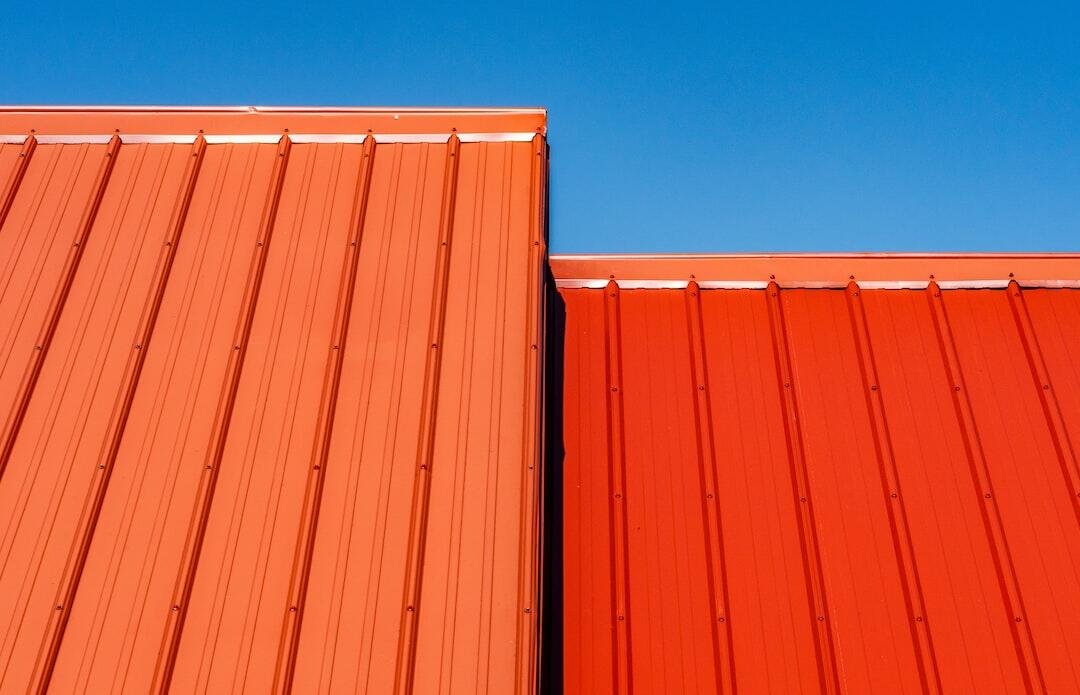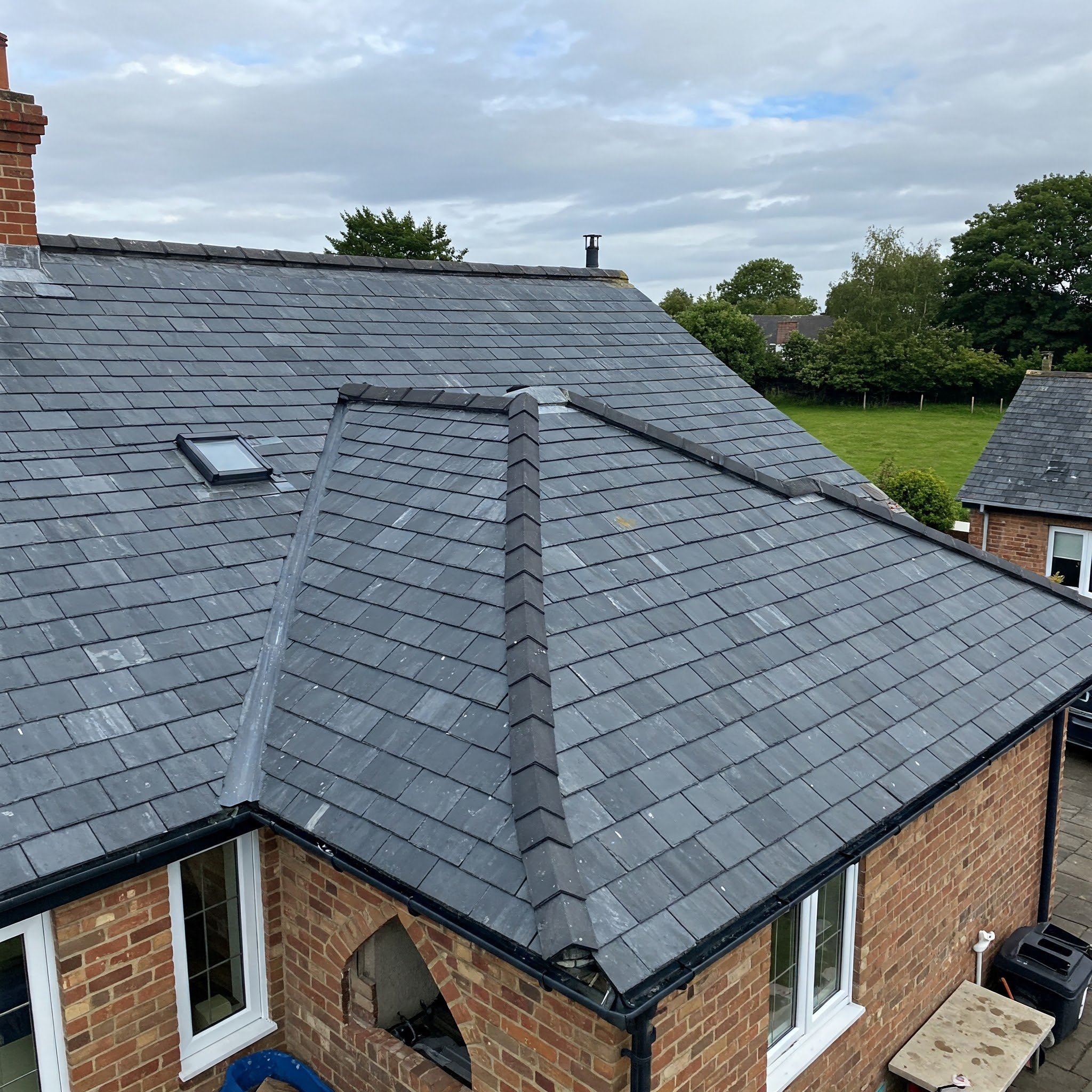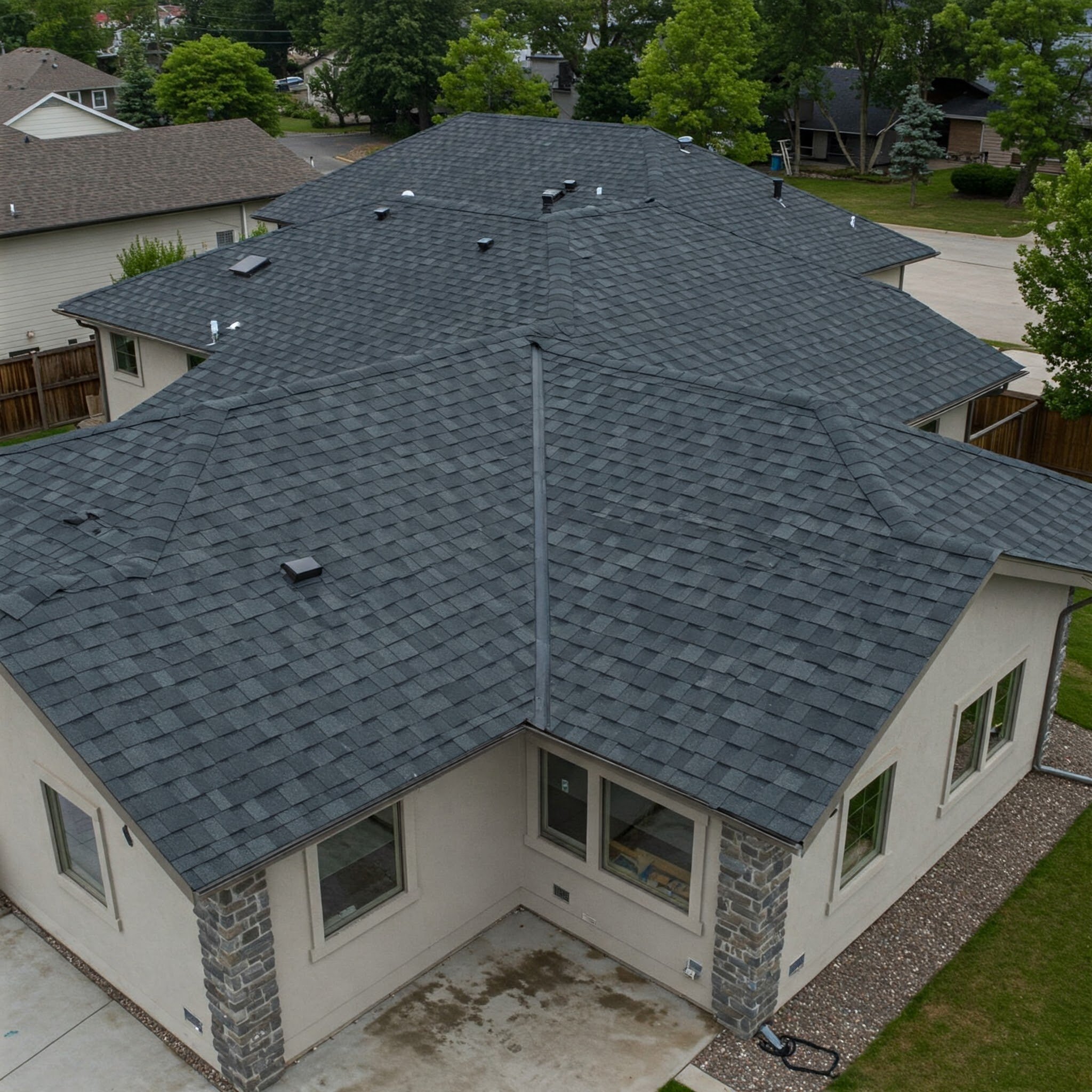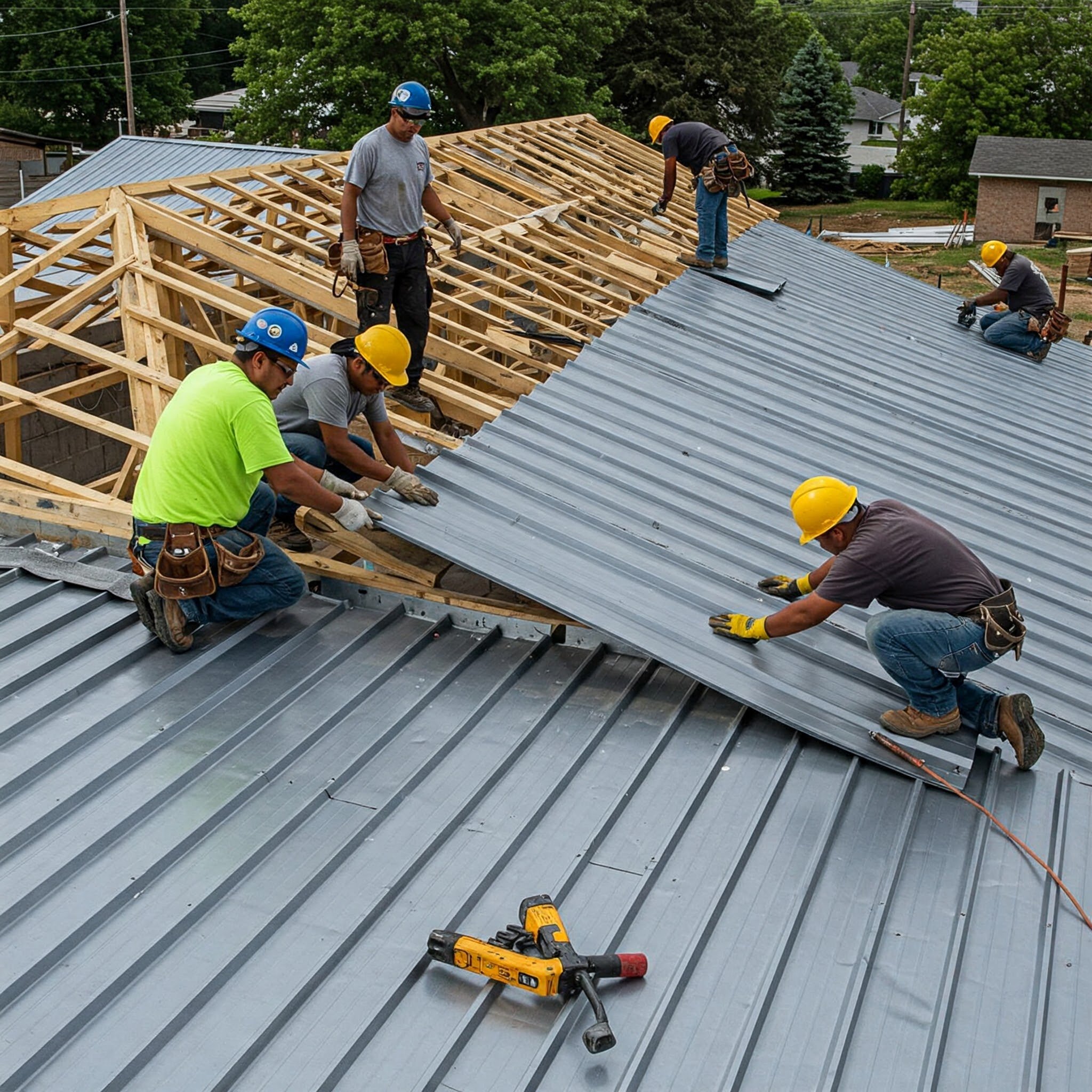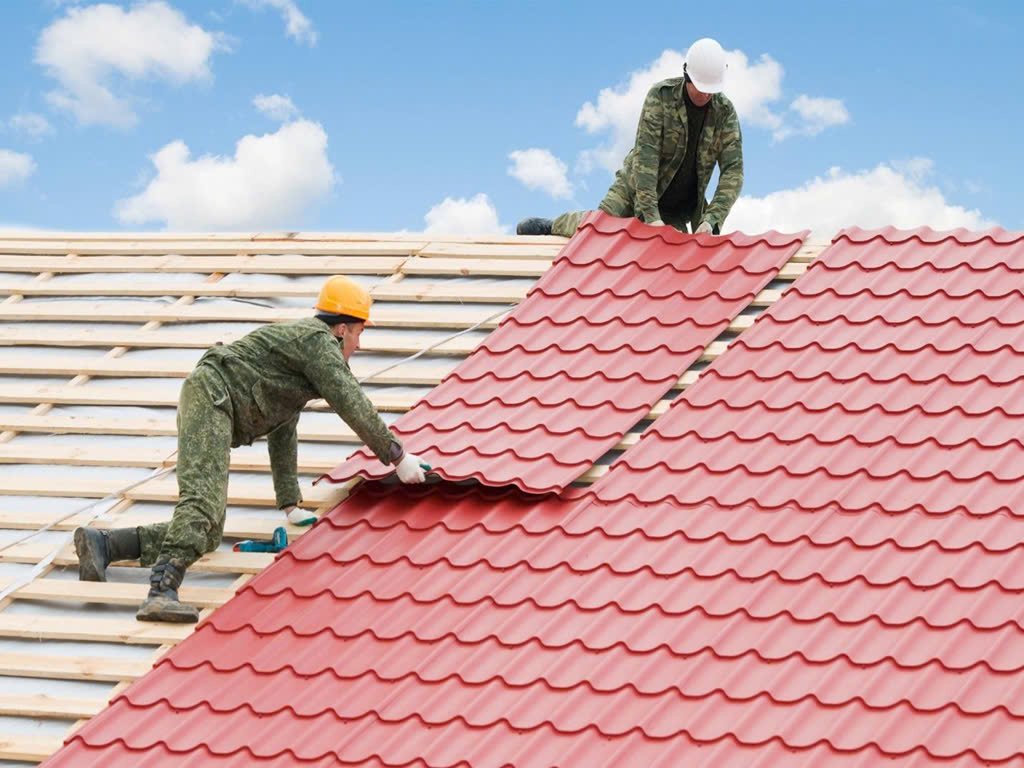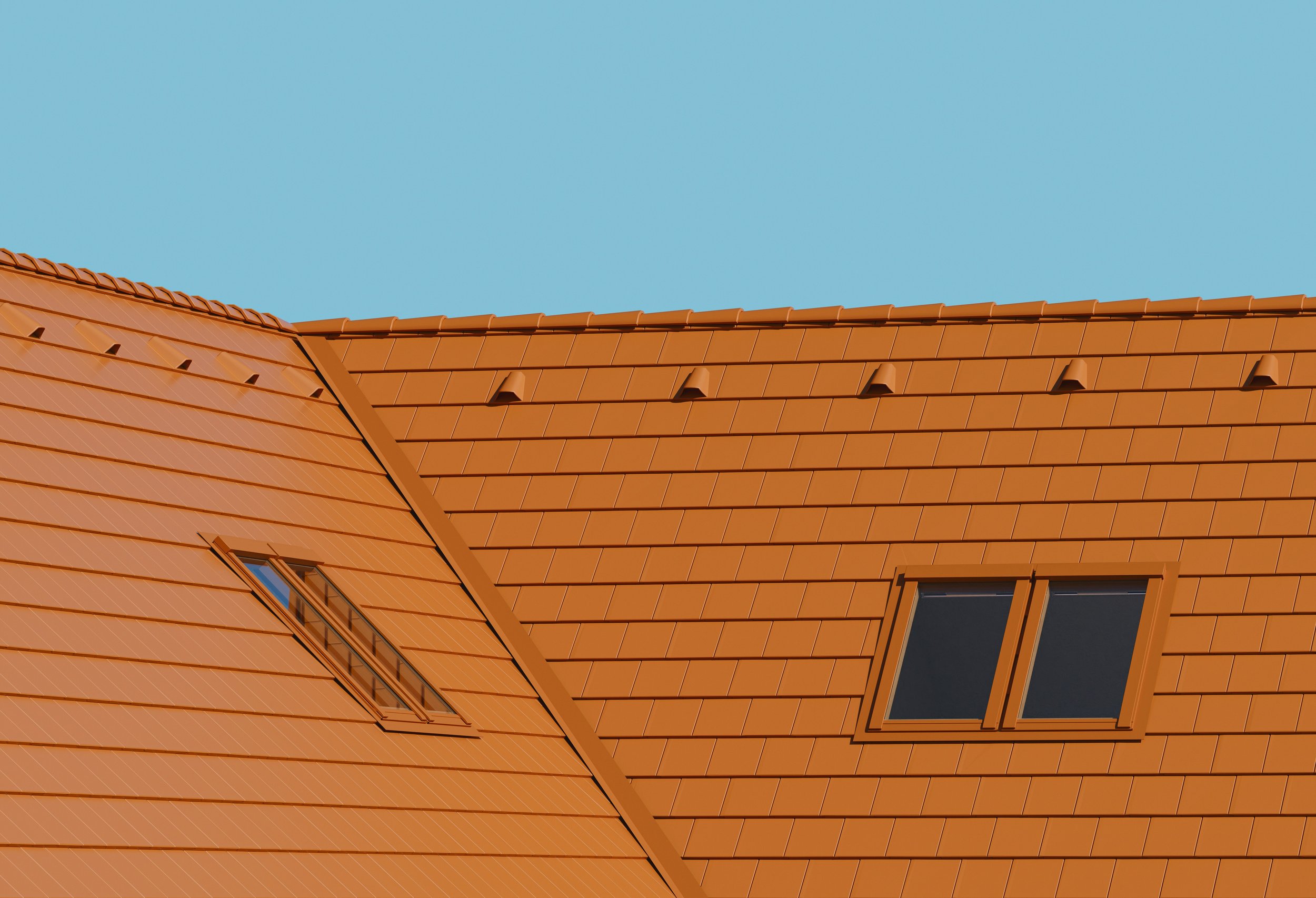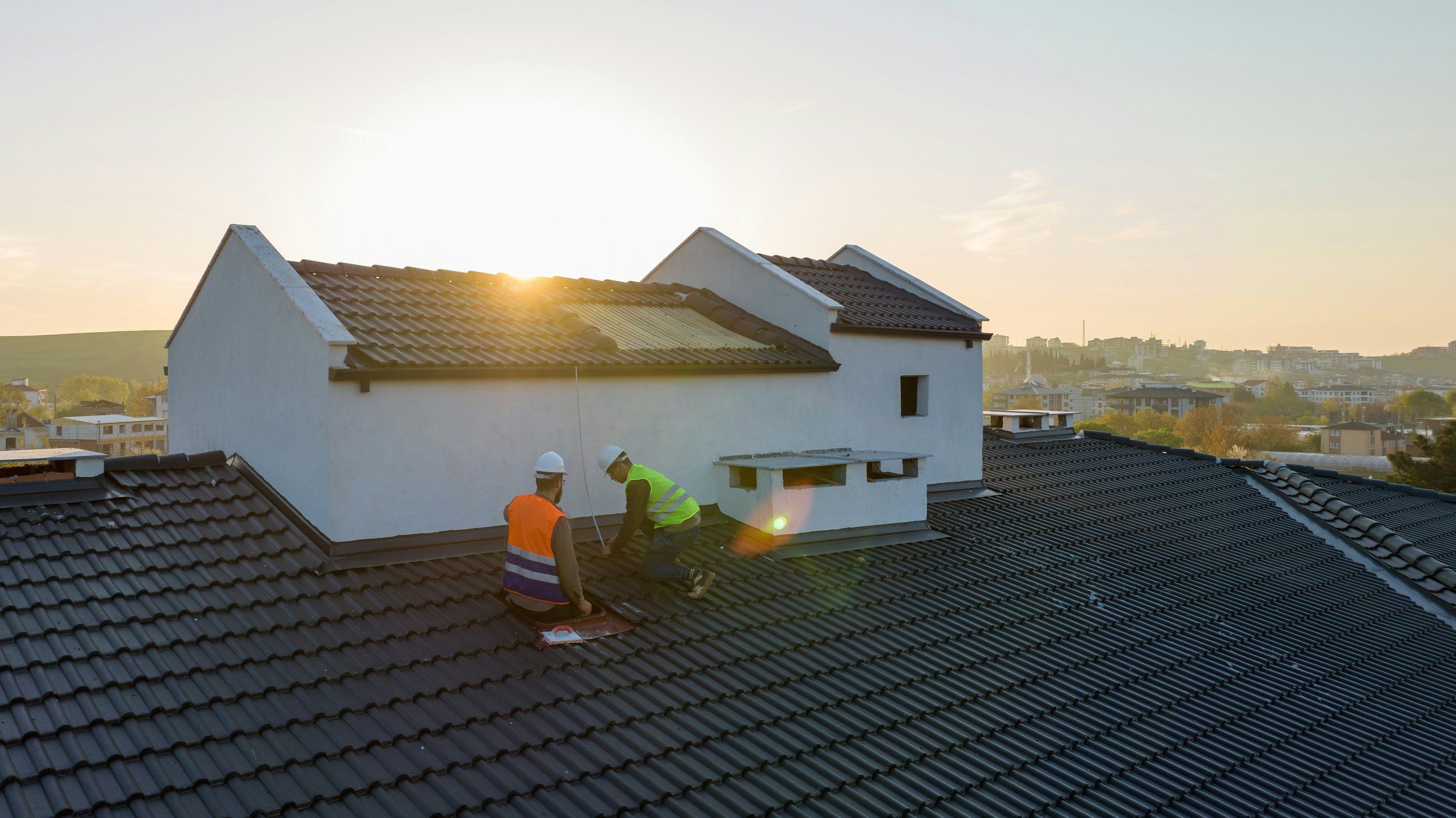How Roof Design Impacts Home Energy Efficiency
Explore how thoughtful roof design choices can boost your home’s energy efficiency, reduce utility costs, and improve overall comfort.
Roof design influences how your home breathes, absorbs heat, and conserves energy. The right shape, pitch, and materials cut costs while shrinking environmental impact.
Imagine a sleek roof deflecting the sun's harsh rays or embracing solar power to slash bills. Sounds ideal? There's more to discover about ventilation tricks and color magic in roofing too!
Curious?
Let's explore how these elements blend into a sustainable future for your home.
Common Roofing Designs and Their Energy Efficiency
While there are many different types of roofing designs to choose from, four tend to appeal more to homeowners. These include Gable, Hip, Flat, and Mansard roofs. Each offers unique advantages.
Hip roofs add stability in high-wind areas, while gable roof designs promote efficient ventilation and rainwater runoff.
Flat designs offer space for solar panels but can struggle with drainage without proper maintenance. The Mansard's multiple slopes boost insulation potential by enhancing attic space usage efficiently.
Innovative Roofing Materials for a Greener Home
The roofing material is among the factors that affect how energy-efficient your home becomes. New materials like cool roofs, reflective coatings, and recycled metal roofing now dominate. They excel in heat reflection and insulation properties.
Clay tiles endure high temperatures while enhancing aesthetics. Asphalt shingles remain cost-effective, with improved eco-versions reducing carbon footprints significantly too! These choices promise to lower energy consumption and increase overall sustainability effortlessly.
How Insulation Choices Impact Roof Performance
Consider insulation the unsung hero of your roof's performance. It retains heat in winter and cools air during summer. Advanced options like spray foam provide excellent sealing, reducing energy loss effectively.
Rigid foam boards bolster structural integrity while optimizing thermal resistance. Loose-fill cellulose offers an eco-friendly alternative to recycled paper waste, yet efficient too! Selecting the right type significantly enhances energy efficiency, contributing to comfortable living conditions year-round.
The Role of Roof Shape and Pitch in Energy Efficiency
A big part of a roof’s design, its shape and slope or steepness also play a huge role in managing your home’s energy efficiency.
Steep pitches allow snow to slide off easily, reducing weight load and potential damage. Flat roofs invite solar panel installations for green power solutions without obstruction.
Reliable contractors often use an online calculator to measure the pitch of a roof accurately, determining optimal angles that maximize heat reflection or absorption depending on regional climates.
Selecting Colors for Optimal Heat Reflection on Roofs
Think of color as your roof's natural thermostat. Light hues like white and pastel shades effectively reflect sunlight, keeping interiors cooler during scorching summer months. Dark tones absorb heat, which can be advantageous in colder climates by reducing heating costs.
Emerging cool roof technologies blend pigment with reflective properties to maximize efficiency regardless of shade choice, making it possible to prioritize both aesthetics and energy savings together.
Ventilation Systems: Enhancing Energy Efficiency Through Design
Ever wondered what purpose the attic serves? It's integral to efficient ventilation systems that regulate temperature and moisture levels. Properly designed vents draw fresh air in while expelling heat, keeping roofs cool.
This process prevents ice dam formation in winter and reduces cooling demands during summer. Smart vent placements lower energy costs significantly. They improve indoor comfort year-round without compromising roof integrity or structural soundness.
Green Roofing Solutions and Their Benefits
Green roofing has become an incredibly popular trend in recent years, where the push for sustainable building drives its growth. These roofs enhance energy efficiency, offering cost savings through better insulation and reduced cooling needs.
Solutions include:
Living Roofs: Incorporate plants that naturally cool.
Solar Panels: Harness renewable energy directly.
Cool Roofs: Reflect sunlight to lower temperatures.
Blue roofs also help manage stormwater effectively, further boosting their eco-friendly appeal. Each solution integrates seamlessly with modern designs to provide lasting environmental benefits.
Understanding Passive Solar Heating with Modern Roof Designs
Imagine harnessing the sun's warmth to heat your home naturally. Roof designs that maximize sunlight exposure offer passive solar heating benefits. Strategically angled slopes and skylights capture and distribute solar energy, reducing reliance on artificial heating systems.
Careful material selection enhances this effect by improving thermal retention properties. Implementing such designs cuts energy bills significantly while promoting eco-friendly living practices year-round.
Prioritizing roof design boosts your home's energy efficiency and sustainability. Thoughtful choices in shape, materials, and color impact environmental and financial well-being. By embracing innovative solutions today, you secure a more sustainable future while enjoying lower energy costs tomorrow.
Stay up to date with our latest ideas!
Exclusive deals just for our readers! Click below to unlock special offers and elevate your shopping experience!
